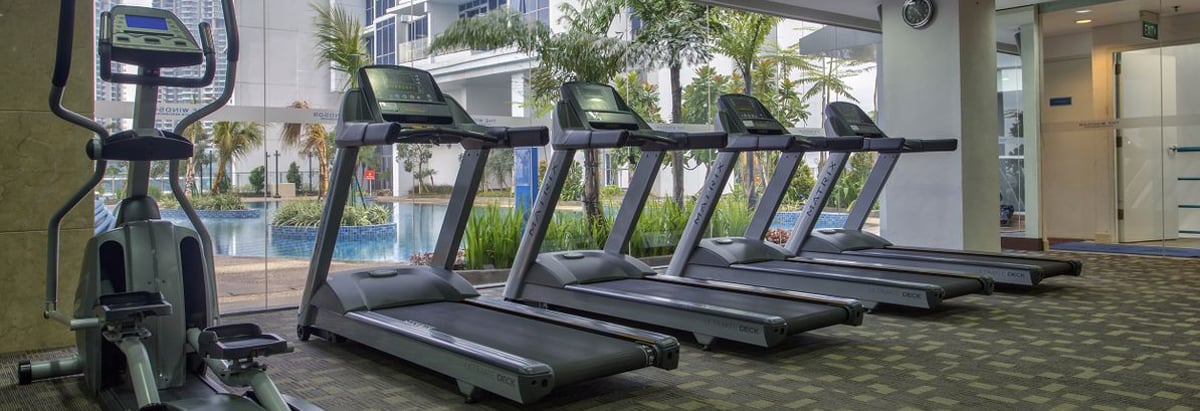Stock Analysis
- Netherlands
- /
- Hospitality
- /
- ENXTAM:BFIT
Basic-Fit N.V.'s (AMS:BFIT) 3.3% loss last week hit both individual investors who own 37% as well as institutions

Key Insights
- The considerable ownership by individual investors in Basic-Fit indicates that they collectively have a greater say in management and business strategy
- 52% of the business is held by the top 8 shareholders
- Insiders own 12% of Basic-Fit
If you want to know who really controls Basic-Fit N.V. (AMS:BFIT), then you'll have to look at the makeup of its share registry. We can see that individual investors own the lion's share in the company with 37% ownership. Put another way, the group faces the maximum upside potential (or downside risk).
Following a 3.3% decrease in the stock price last week, individual investors suffered the most losses, but institutions who own 24% stock also took a hit.
Let's delve deeper into each type of owner of Basic-Fit, beginning with the chart below.
See our latest analysis for Basic-Fit
What Does The Institutional Ownership Tell Us About Basic-Fit?
Institutional investors commonly compare their own returns to the returns of a commonly followed index. So they generally do consider buying larger companies that are included in the relevant benchmark index.
As you can see, institutional investors have a fair amount of stake in Basic-Fit. This suggests some credibility amongst professional investors. But we can't rely on that fact alone since institutions make bad investments sometimes, just like everyone does. It is not uncommon to see a big share price drop if two large institutional investors try to sell out of a stock at the same time. So it is worth checking the past earnings trajectory of Basic-Fit, (below). Of course, keep in mind that there are other factors to consider, too.
Our data indicates that hedge funds own 20% of Basic-Fit. That's interesting, because hedge funds can be quite active and activist. Many look for medium term catalysts that will drive the share price higher. With a 12% stake, CEO René Moos is the largest shareholder. For context, the second largest shareholder holds about 10% of the shares outstanding, followed by an ownership of 10.0% by the third-largest shareholder.
We did some more digging and found that 8 of the top shareholders account for roughly 52% of the register, implying that along with larger shareholders, there are a few smaller shareholders, thereby balancing out each others interests somewhat.
While studying institutional ownership for a company can add value to your research, it is also a good practice to research analyst recommendations to get a deeper understand of a stock's expected performance. Quite a few analysts cover the stock, so you could look into forecast growth quite easily.
Insider Ownership Of Basic-Fit
The definition of company insiders can be subjective and does vary between jurisdictions. Our data reflects individual insiders, capturing board members at the very least. The company management answer to the board and the latter should represent the interests of shareholders. Notably, sometimes top-level managers are on the board themselves.
Insider ownership is positive when it signals leadership are thinking like the true owners of the company. However, high insider ownership can also give immense power to a small group within the company. This can be negative in some circumstances.
Our information suggests that insiders maintain a significant holding in Basic-Fit N.V.. It has a market capitalization of just €1.4b, and insiders have €166m worth of shares in their own names. That's quite significant. Most would be pleased to see the board is investing alongside them. You may wish to access this free chart showing recent trading by insiders.
General Public Ownership
The general public, who are usually individual investors, hold a 37% stake in Basic-Fit. While this group can't necessarily call the shots, it can certainly have a real influence on how the company is run.
Private Equity Ownership
Private equity firms hold a 6.6% stake in Basic-Fit. This suggests they can be influential in key policy decisions. Some investors might be encouraged by this, since private equity are sometimes able to encourage strategies that help the market see the value in the company. Alternatively, those holders might be exiting the investment after taking it public.
Next Steps:
I find it very interesting to look at who exactly owns a company. But to truly gain insight, we need to consider other information, too. Be aware that Basic-Fit is showing 3 warning signs in our investment analysis , and 1 of those is a bit concerning...
If you would prefer discover what analysts are predicting in terms of future growth, do not miss this free report on analyst forecasts.
NB: Figures in this article are calculated using data from the last twelve months, which refer to the 12-month period ending on the last date of the month the financial statement is dated. This may not be consistent with full year annual report figures.
Valuation is complex, but we're here to simplify it.
Discover if Basic-Fit might be undervalued or overvalued with our detailed analysis, featuring fair value estimates, potential risks, dividends, insider trades, and its financial condition.
Access Free AnalysisHave feedback on this article? Concerned about the content? Get in touch with us directly. Alternatively, email editorial-team (at) simplywallst.com.
This article by Simply Wall St is general in nature. We provide commentary based on historical data and analyst forecasts only using an unbiased methodology and our articles are not intended to be financial advice. It does not constitute a recommendation to buy or sell any stock, and does not take account of your objectives, or your financial situation. We aim to bring you long-term focused analysis driven by fundamental data. Note that our analysis may not factor in the latest price-sensitive company announcements or qualitative material. Simply Wall St has no position in any stocks mentioned.
About ENXTAM:BFIT
Basic-Fit
Engages in the operation of fitness clubs.


